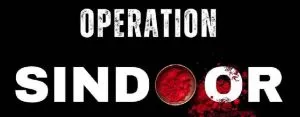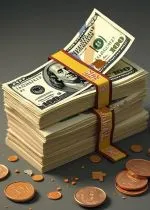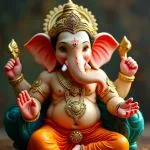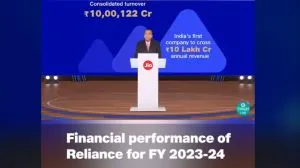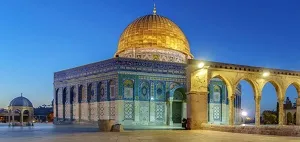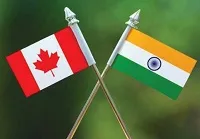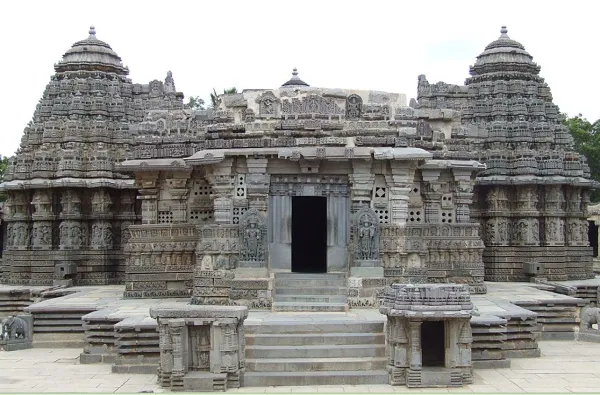
Chennakesava Temple, also known as Keshava Temple in Somnathapura, is a remarkable example of Hosala architecture. This was the first temple built in the Hoysala style. The Chennakesava Temple is located in the Mysore district's Somanathapura town. King Vishnuvardhana did not commission this temple. Belur is the location of the Chennakesava temple. During the Hoysala period, a captain of the Hoysala army named Somanatha built this temple. Chennakeshava Temple is a Vaishnav Hindu Temple built on the banks of the Kaveri River in Karnataka.
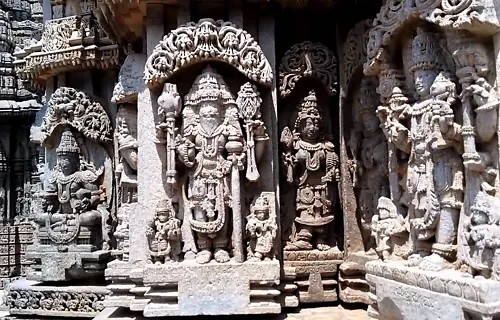
Lord Vishnu is the focus of the Vaishnavite shrine. Pur(a) is a city or village in Sanskrit. Somnath is a town in India. The Chennakesava temple is a Trikuta temple, which means it has three shrines. Each shrine has its own Sukanasi and Vimana. The porch includes decoratively molded lathe turned pillars. The three shrines, along with the Vimanas and Sukanasis, are perfectly symmetrical. The shrines are constructed on a high platform. The three shrines are designed in the shape of a 16-point star. Chennakeshava Temple, also known as Keshava Temple is built on a star-shaped platform. Shikhara facades include mythical yakshas and celestial beings. The temple exteriors are beautiful and ornamented on all sides with Hindu mythology depictions. If you walk around the temple clockwise, you will see images from the Ramayana, Mahabharata, and Puranic legends in this order.
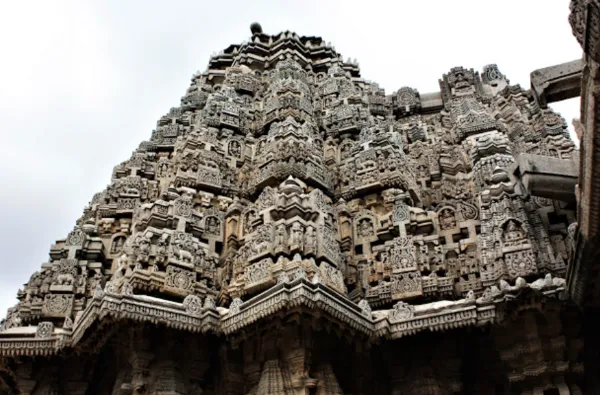
Northern sanctuary has Janardana Swamy, another name of Bhagwan Vishnu, is the 126th name in the Sahasranamam. Shankh, Chakra, Gada, and Padma are held by the four-armed Janardana figure. Southern sanctum features Venugopal's idol. Venugopal, a name for Krishna, is derived from Gopāla (roughly “cow protector”), who carries the flute Venu.
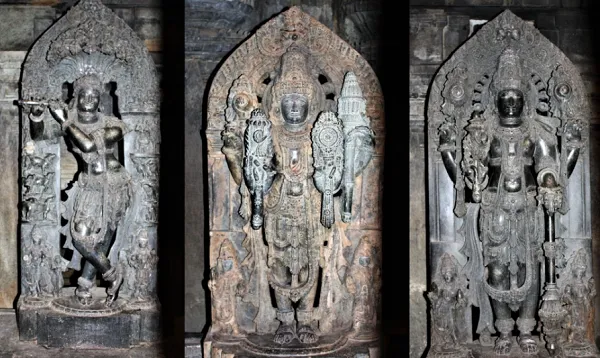
The intricately carved scene of Krishna playing his flute and a hypnotized audience is worth seeing in this temple! Look for details showing Venugopala's audience of Devatas (Gods) from Swarga Loka (heaven), his wives Rukmani and Satyabhama, sages, villagers, and cows enthralled by his music. The main hall held the Keshava idol. Hindu texts call Keshava Para Brahman (Supreme Brahman). The Mahabharata Vishnu sahasranama lists the name 23rd and 648th. This shrine's main idol was damaged by the Tughlaqi invasion. British invaders took the lovely, damaged idol to display in their country. Such a shame! A worshipped idol is a showpiece! The main Keshava idol is gone and the other two are damaged.
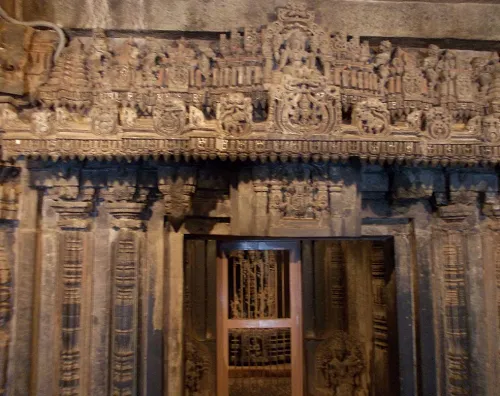
The soapstone used in building allowed these elaborate carvings around the temple. Air hardens this delicate stone. These carvings are on the temple ceiling and outside. Unique to Hoysala architecture. Details on animals and nature are included. Details on animals and nature are included.This is unquestionably more challenging than Michelangelo's work in the Vatican Museum. There are many carvings around the buds, including rangoli patterns, twisting snakes, and other designs.
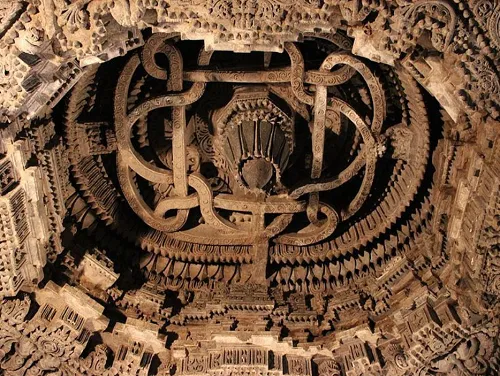
According to Hindu scriptures, the significance is the never-ending wheel of Karma-Samsara (worldly existence). The ceilings are carved with 16 various patterns and styles.The elephant is probably the most common animal found on temple walls in India. The elephant strip at the bottom represents the Hoysala Kingdom's might. The pillars are a defining feature of Hoysala architecture. The Somanathapura temple is open every day of the week from 8:30 a.m. to 5:30 p.m.
